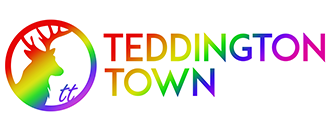TIME TRAVELLER ON THE THAMES
PHOTO SPECIAL
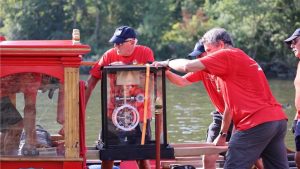
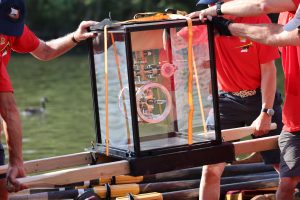
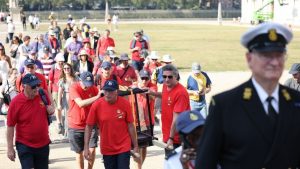
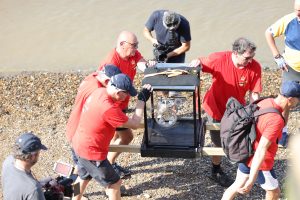
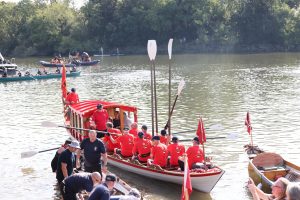
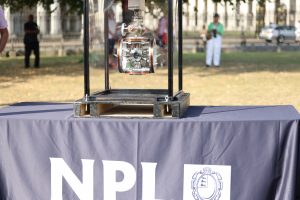
The Teddington-based National Physical Laboratory (NPL), the home of time in the UK, took to the River Thames for a historic event in partnership with Royal Museums Greenwich and the Jubilant Trust.
A spectacular flotilla of 15 boats led by the Royal Shallop “Jubilant”, which was built for the Golden Jubilee of the late HM Queen Elizabeth II in 2002, rowed from Isleworth to Greenwich, carrying the unique optical atomic clock from NPL to the Observatory.
The clock is 100 times more accurate than historic versions.
The ‘time travelling’ voyage also coincides with the 21st birthday of the Jubilant Trust.
The voyage along the River Thames attracted crowds of sightseers to the various vantage points along the route from Isleworth to Greenwich where the clock will go on display.
NPL presented the Royal Museums Greenwich with the precise atomic clock to celebrate the relationship between the two organisations which have played and continue to play such an influential role in how the world tells time.
Founded in 1675 as Britain’s first state-funded scientific institution, the Royal Observatory Greenwich was tasked with creating better star charts to improve navigation at sea.
Over the next three centuries, astronomers at Greenwich measured time by the Sun and stars to create Greenwich Mean Time (GMT), the time standard that became an essential part of navigation, surveying, railway timetables and eventually civil time.
Sharing GMT for multiple users was an important part of the Observatory’s role. In 1833, a rooftop time-ball was installed by the Astronomer Royal to provide a visual time signal each day at 1pm.
As new technologies came into effect, GMT became more widely available across the nation via a network of telegraph signals and later radio signals, including the famous BBC ‘six pips.’
In 1955, the first caesium atomic clock was developed by Louis Essen at NPL. This led to the internationally agreed definition of the second being based on atomic time in 1967.
Successful developments of this have remained the fundamental standard up to the present day.
Today, NPL maintains the national time scale and disseminates time across the UK.
NPL also contributes to global timekeeping and the global reference time system, Coordinated Universal Time (UTC). By applying very fine adjustments to the clock frequencies, UTC(NPL) is kept within a few nanoseconds of UTC.
Atomic clocks have many potential applications. These include quantum sensing, synchronisation of high-speed networks, space science and tests of fundamental physical theories.
This was the world’s most accurate optical atomic clock in 2004 and consists of a single ion of strontium trapped and cooled within the vacuum chamber.
NPL’s latest optical clocks are more than 100 times more accurate and one has recently started contributing to International Atomic Time.
This follows in the tradition of the first Jubilant flotilla in 2002, which presented a caesium atomic clock which had been rowed down the Thames.
The NPL said it was ‘delighted’ as the home of UK time, to contribute an atomic clock to Royal Museums Greenwich where the general public will have the opportunity to see a prestigious piece of scientific equipment and learn about its vital role in the UK’s timekeeping history.
Leon Lobo, Head of the National Timing Centre at NPL said: “The UK has long been innovators in global timekeeping – Harrison’s clocks enabling precise global navigation in the 18th century, GMT as the global time scale in the 19th, the first accurate atomic clock supporting the transition to atomic time in the 20th, and the next generation of optical atomic clocks for future satellite navigation systems in the 21st.
“This celebration reinforces NPL’s close relationship with the Royal Museums Greenwich and showcases the criticality of time in our daily lives.”
Paddy Rodgers, CEO, Royal Museums Greenwich said: “We are proud of our long relationship with National Physical Laboratory and delighted to welcome this remarkable clock to into our extensive collection where it will benefit both researchers and the public alike. We look forward to continuing our successful collaboration with them.”
